Use this printable set of double-digit subtraction dominoes to practice a variety of subtraction strategies.
Grab a Game to Practise Subtraction Strategies
Are you looking for something different to add to your subtraction lesson plans? These versatile subtraction dominoes are the perfect medium for motivating your students to explore different subtraction techniques. From traditional regrouping to using the split strategy and everything in between, your students can practise and master various subtraction methods in an inviting and interactive way.
Each domino features a subtraction problem on one side and the corresponding answer on the other. Students will create a chain of dominoes by solving the problems shown and matching them with their solutions.
Download and Print Your Subtraction Game
Use this printable domino game in a myriad of ways. Whether you’re looking to spice up a whole-class lesson, create interesting maths centres, or even send them home for extra practise, we’ve got you covered. This resource is easy to print, easy to cut, and easy to love.
To download your resource, simply click the download button! In the blink of an eye, your printable PDF resource file is ready to print and play!
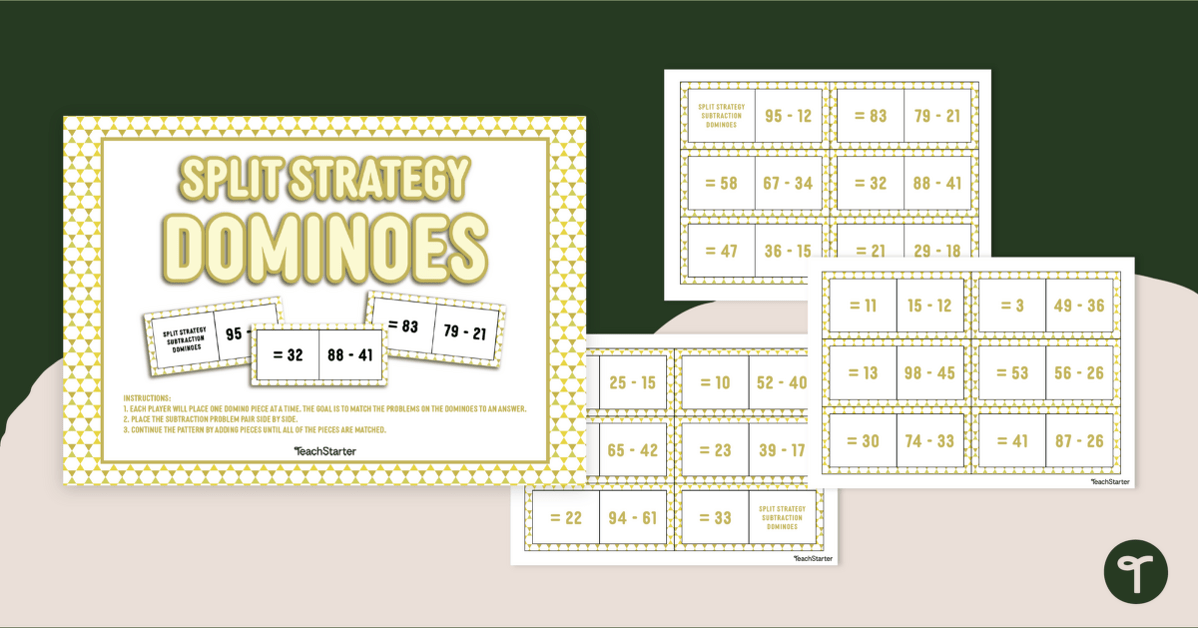

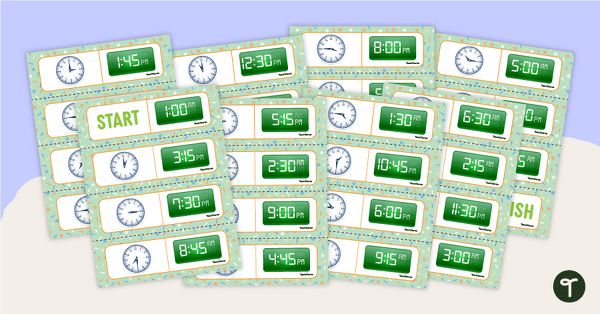
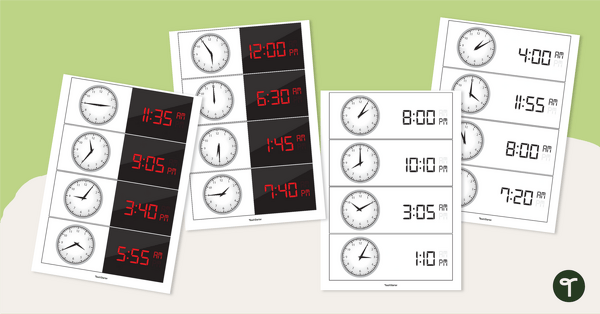
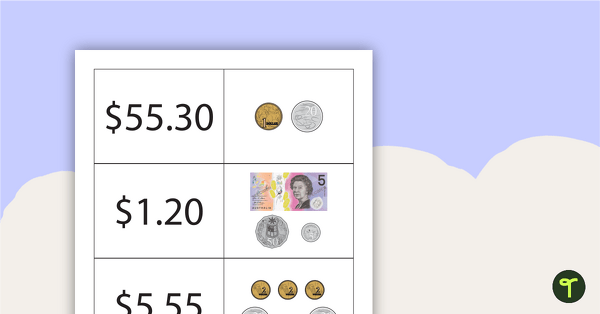
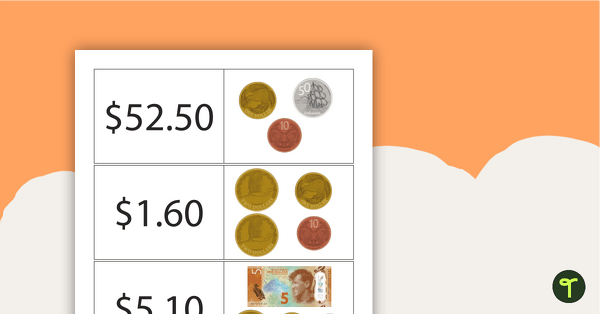
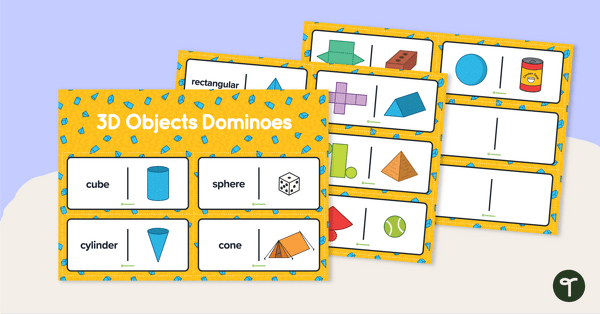
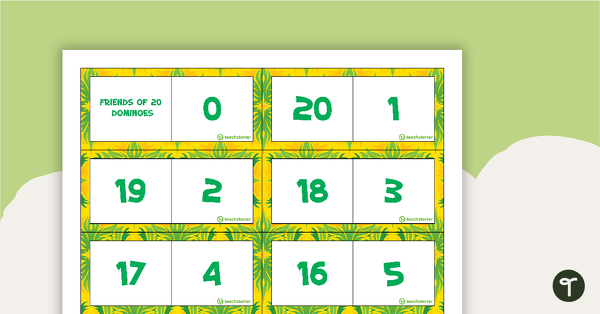
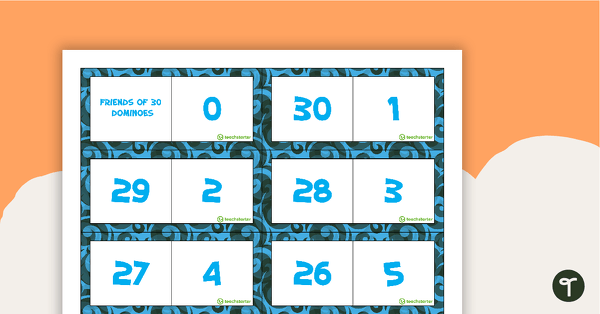
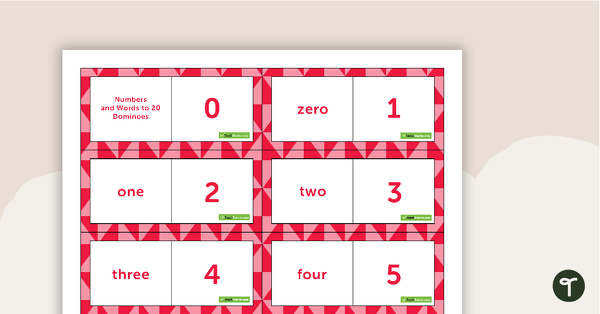
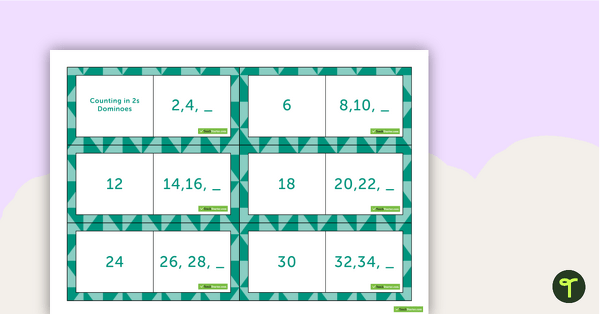
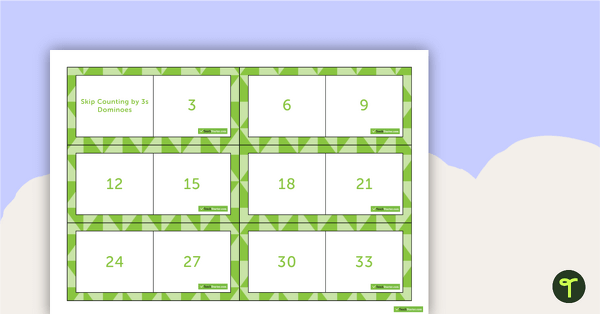
0 Comments
Write a review to help other teachers and parents like yourself. If you'd like to request a change to this resource, or report an error, select the corresponding tab above.